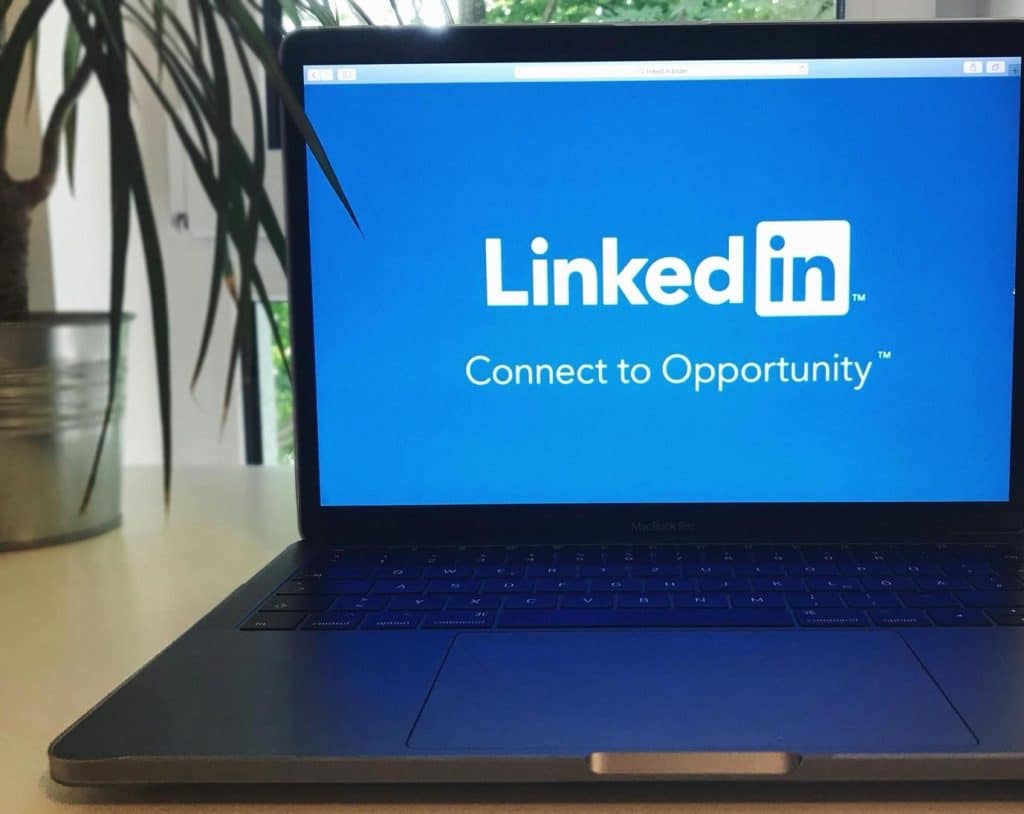LinkedIn is a powerful platform for professional networking, connecting millions worldwide. Automation can enhance your outreach efforts, but balancing it with compliance and personalization is essential. Learn how to optimize your strategy while adhering to LinkedIn’s guidelines.
LinkedIn has become an indispensable tool for professionals aiming to expand their networks and generate leads. With the rise of automation, there are both opportunities and challenges to consider. Businesses must adhere to LinkedIn’s compliance requirements while ensuring personalized outreach. Striking the right balance between automation and personalization can significantly impact the effectiveness of your LinkedIn strategy.
Choosing the Right Tools for Each Phase of Your LinkedIn Strategy
Different phases of your LinkedIn strategy require distinct automation tools. For initial outreach, tools that automate connection requests and follow-ups can be invaluable. These tools should allow for personalization to ensure each message feels tailored to the recipient. During the engagement phase, tools that facilitate content sharing and interaction with posts can help maintain visibility and foster relationships.
There is a huge host of different tools available, many of which, as we mentioned, are better for specific phases of different strategies. There are far too many tools to mention them all in this article, but resources like Expandi’s guide to LinkedIn automation tools can help to narrow down which tools might be most effective in different situations.
As your strategy evolves, consider tools that provide analytics and insights into engagement metrics. These tools can help refine your approach by identifying what resonates with your audience. By selecting the right tools for each phase, you can enhance both compliance and personalization, ensuring your strategy remains effective and aligned with LinkedIn’s guidelines.
Key Compliance Requirements for LinkedIn
LinkedIn’s compliance rules are designed to protect users from spam and maintain the platform’s integrity. Automated tools should not mimic human behavior excessively or send unsolicited messages in large volumes. Violating these guidelines can lead to account restrictions or bans, posing a risk to your professional reputation. Understanding these rules is crucial before integrating any automation tools into your strategy.
The consequences of non-compliance extend beyond platform penalties. Your brand’s credibility can suffer if users perceive your outreach as intrusive or impersonal. Businesses must prioritize understanding LinkedIn’s terms of service and ensure that their automation practices align with these standards. Properly configured, automation tools can enhance efficiency without sacrificing compliance.
The Importance of Personalization in Outreach
Personalization is essential in effective LinkedIn outreach. It involves tailoring messages to resonate with individual recipients, making interactions feel more genuine and less automated. This approach fosters meaningful connections and increases the likelihood of positive engagement.
Successful engagement on LinkedIn relies heavily on how well you personalize your communications. By addressing the specific needs and interests of your audience, you demonstrate a commitment to building real relationships rather than treating connections as mere numbers. This personalized approach is crucial for long-term relationship building and establishing trust with potential leads or partners.
Balancing Automation and Personalization Effectively
To achieve an optimal balance between automation and personalization, businesses must use tools that allow for customization at scale. Start by segmenting your audience based on factors like industry, location or professional interests. This segmentation enables you to tailor messages more accurately, increasing relevance and engagement.
Another effective strategy is leveraging dynamic fields in automation tools to personalize messages automatically with names, job titles or company names. However, it’s essential to maintain authenticity; overly generic messages can undermine the personal touch. By focusing on creating value in each interaction, you can ensure that your automated outreach resonates on a personal level.
Implementing Effective LinkedIn Automation
Setting up automated sequences that respect LinkedIn’s policies requires careful planning. Start by defining clear objectives for your campaigns and establishing boundaries within which your automation operates. Regularly review these sequences to ensure they align with current compliance standards.
Businesses can integrate personalization into their automated messages by using templates that allow for easy customization before sending them out. Including specific details relevant to each recipient shows that even automated messages are thoughtfully crafted. Additionally, monitoring response rates and engagement metrics can provide insights into what works best for your audience.
Enhancing Results with Effective Tools
Using robust tools can help businesses navigate the complexities of LinkedIn automation effectively. These tools support compliance by allowing users to automate tasks without violating LinkedIn’s rules while enhancing personalization through advanced targeting options.
With the right tools, you can create smart sequences tailored to different audience segments, ensuring your outreach remains relevant and engaging. The platform’s analytics capabilities also provide valuable insights into campaign performance, enabling continuous improvement of your strategies.
